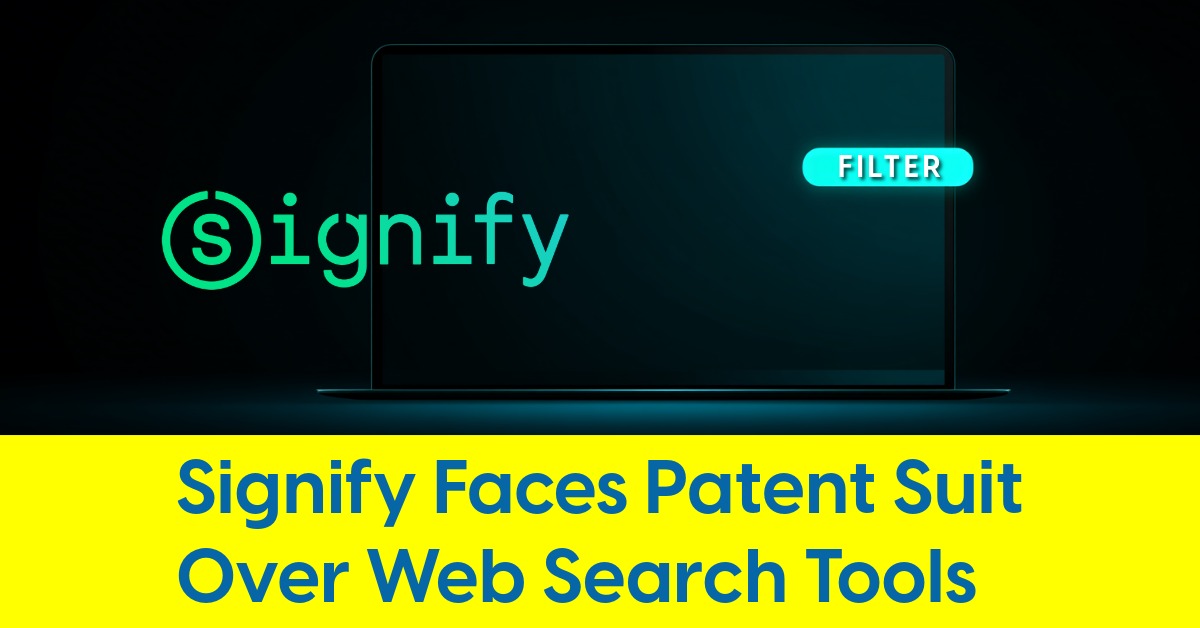December 12, 2024
Scientists Claim New Method to Boost LED Efficiency

New research addresses limitation in LED technology known as "efficiency droop"
Researchers at Nagoya University in Japan have developed a new method to improve the performance of LEDs which could have far-reaching impacts on both micro-LEDs and potentially standard LED applications. The study, led by Markus Pristovsek and Nan Hu, addresses a critical limitation in LED technology known as "efficiency droop," where LEDs become less efficient as their brightness increases.
The study focused on micro-LEDs which are tiny, high-performance LEDs typically used in applications requiring bright, clear displays, such as in smartphones, large-screen TVs, and wearables. Due to their small size and efficiency, they seem to be poised to revolutionize display technology.
The technical summary
The research focuses on the use of semi-polar (103) orientations for the LED’s layers, which reduces polarization and enhances efficiency. The study showed that (103) LEDs could achieve similar internal quantum efficiency (IQE) to traditional (0001) LEDs, but with the added benefit of maintaining higher efficiency at much higher current densities.
The researchers note: "The (103) LEDs showed the same IQE as (0001) LEDs but at a much higher current density due to the higher overlap of electron and hole wave functions, which is especially useful for micro-LEDs.”
This is particularly important for micro-LEDs, which are used in applications like next-generation displays and virtual reality (VR) glasses, where high brightness and efficiency are essential.
Potential applications for standard LEDs?
While the study is focused on improving micro-LEDs, the benefits of maintaining high efficiency at higher current densities could extend to more standard LED applications, such as those used in general lighting. Though the study doesn't explicitly mention these applications, the improved performance of (103) LEDs in handling higher power levels could lead to more energy-efficient, brighter LEDs in street lighting, automotive applications, and other high-brightness uses.
This research could lead to more energy-efficient LEDs that maintain high brightness even at higher power levels, making them ideal for both specialized applications, like micro-LEDs, and potentially more common lighting solutions. The results suggest that as this technology is refined, it could help make LEDs in various applciations brighter, more efficient, and more cost-effective across a wide range of products.
The full study, titled How to Make Semi-Polar InGaN Light Emitting Diodes with High Internal Quantum Efficiency, was published in Laser & Photonics Reviews.










